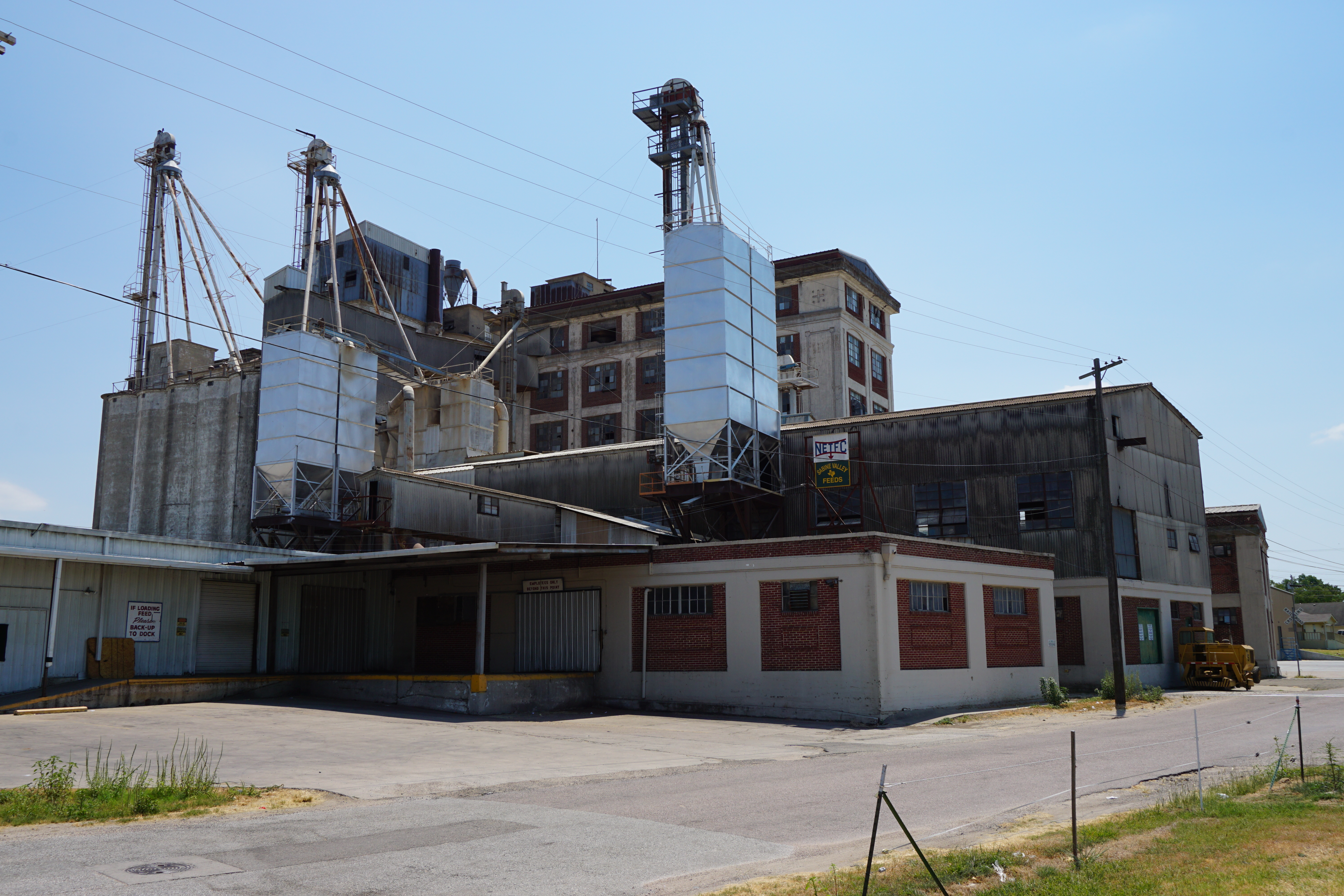I'm sure you've heard the term "natural resources" used many times, e.g., when someone talks about "preserving natural resources" or when you hear about "natural resource management." It's a pretty innocuous term, and seemingly straightforward. If you asked someone what natural resources are, they would probably say something about "resources provided by nature, such as trees, minerals, and food" or something to that effect. (This is actually a pretty good definition, by the way!) When thinking about the definition, it's easy to focus on the "nature" component and look past the "resources" part. Specifically, it is important to note that "natural resources" is an anthropocentric (human-centered or focused) term. It is a concept that only exists because of humans because it refers to things that impact humans. To demonstrate this, let's look at a few definitions of natural resources:
things such as minerals, forests, coal, etc. that exist in a place and can be used by people
~Cambridge Dictionary
industrial materials and capacities (such as mineral deposits and waterpoer) supplied by nature
~Merriam-Webster
a naturally occurring source of wealth, as land or water; the natural wealth of a country, consisting of land, forests, mineral deposits, water, etc.
~dictionary.com
Any way you slice it, without humans natural resources don't exist, they would just "be" or just be "nature." This is important to keep in mind as we go over this lesson: by definition, natural resources only exist as a concept because they can be used by humans.
Hidden Resource Use
Personal consumption expenditures (household spending on goods and services) constitutes nearly 70% of U.S. GDP. Much of this is on services, but Americans now spend nearly 4.5 trillion dollars on "goods," which includes everything from food, to energy, to cars, houses, clothing, and other goods. See the charts below from the Federal Reserve Bank of St. Louis for these consumption trends over the past 60+ years. They are an excellent, reliable resource for economic data. (For a good explanation of goods and services, see this explanation from thebalance.com.)
The moral of the story: Americans buy a lot of stuff! This has many implications, but one is particularly important with respect to this lesson. Namely, almost all of this spending requires the use of natural resources. Obviously, things like cars and clothes require raw natural resources to produce, though you may be surprised at how many. Take a look at the infographic below from Allianz to get some idea of how many different natural resources from all over the world are needed to make a car.

All goods require some mixture of raw natural resource extraction, manufacturing, processing, shipping, packaging, use, and disposal. All of this requires energy and resources. Most of this use, as indicated in the infographic above, is hidden. I will give you one more quick example: I used to assist with industrial energy audits on a part-time basis while in college. One of the places we audited was a "feed mill," which is essentially a factory that produces chicken feed. (Related note: Delaware is considered the poultry capital of the U.S.) The facility looked a lot like the one in the image below.
I was dumbfounded at how much energy and resources went into just producing feed for chickens! While I was there, there was a constant arrival of tractor trailers hauling raw ingredients - corn, soybean, nutrient mixes, and other things - and the machinery was massive and energy-intensive. According to Delmarva Poulty Industry, Inc. (Delmarva includes parts of Delaware and the eastern shores of Virginia and Maryland), the Delmarva chicken industry had the following specifics in 2017:
- 605 million chickens (4.2 billion pounds) produced
- They purchased "87 million bushels of corn, 36 million bushels of soybeans, 1.6 million bushels of wheat," all for chicken feed. Imagine all of the water, fertilizer, and energy that went into the production of these crops.
- They "purchased $240 million in packaging and processing supplies."
The point here is not to go in-depth into the poultry or automobile industries, but to indicate that nearly everything you purchase is the product of a tremendous use of resources, much of which is hidden. But services such as healthcare and education also require the use of resources. Medical facilities need chairs, tables, x-ray machines, paper, and so forth, and use a lot of energy. Even an online class requires physical resources, in particular, electricity and all of the lifecycle resources used to generate that energy (mines, power plants, power lines, equipment to manage it all, etc.), but also the device you are viewing this on is the result of a global supply chain of goods. This type of lifecycle resource use and our consumption-driven economy are major contributors to the fact that we would need nearly 5 planet earths to satisfy humanity's needs if everyone lived like the average American.
